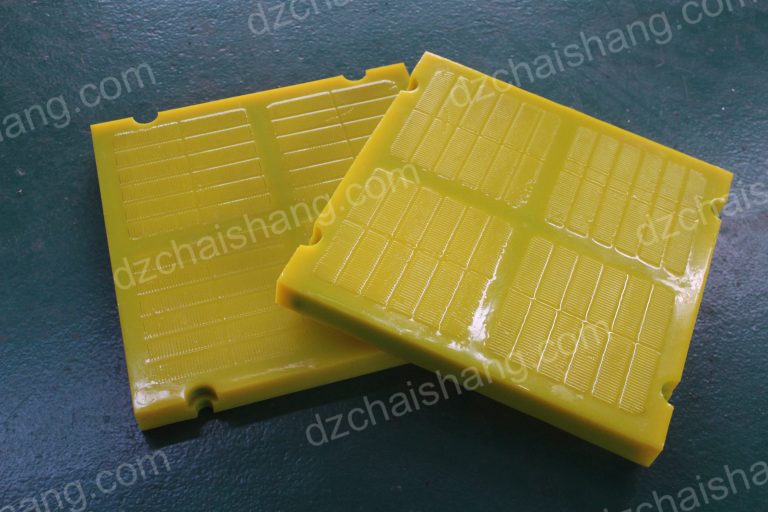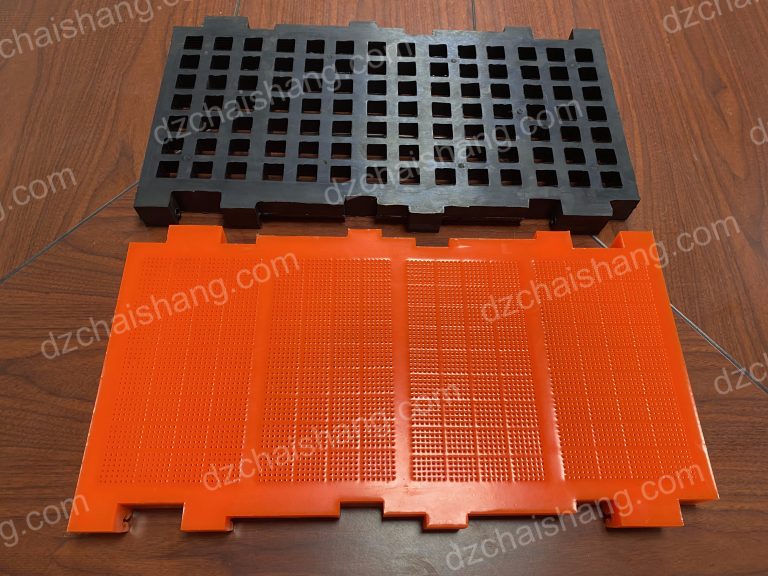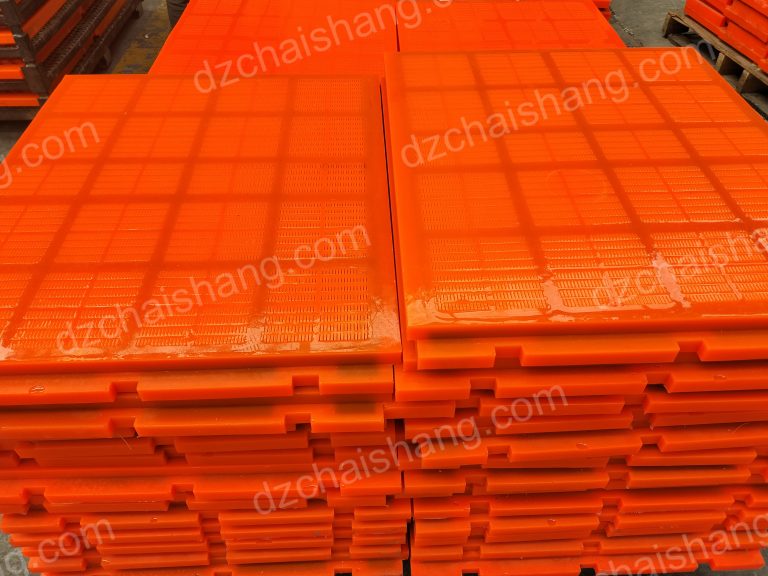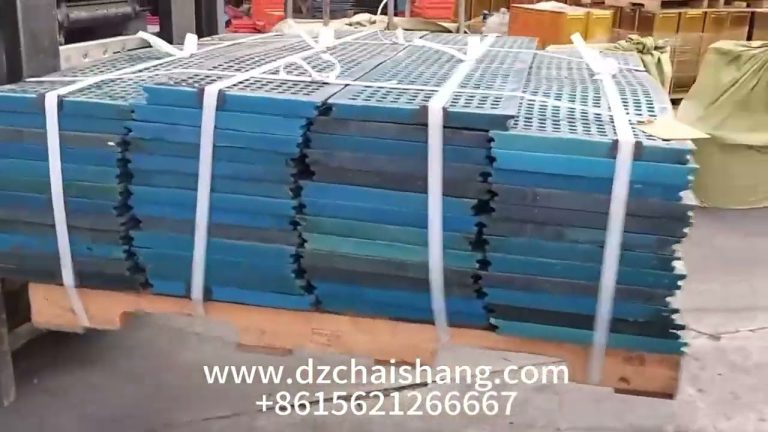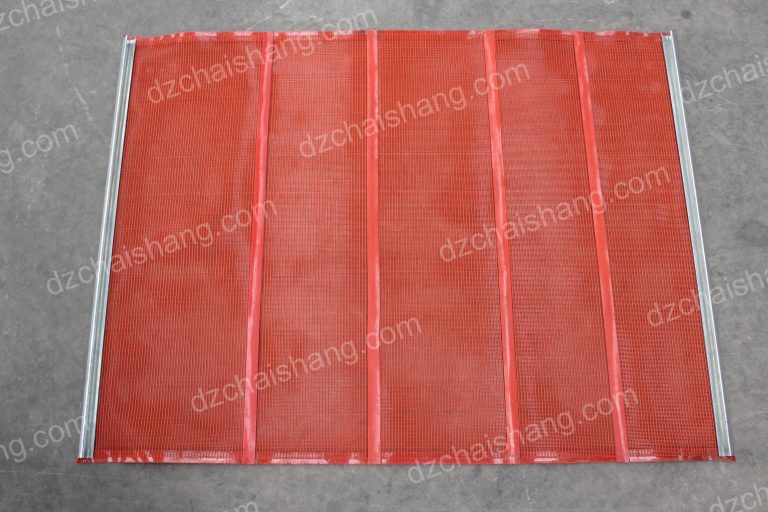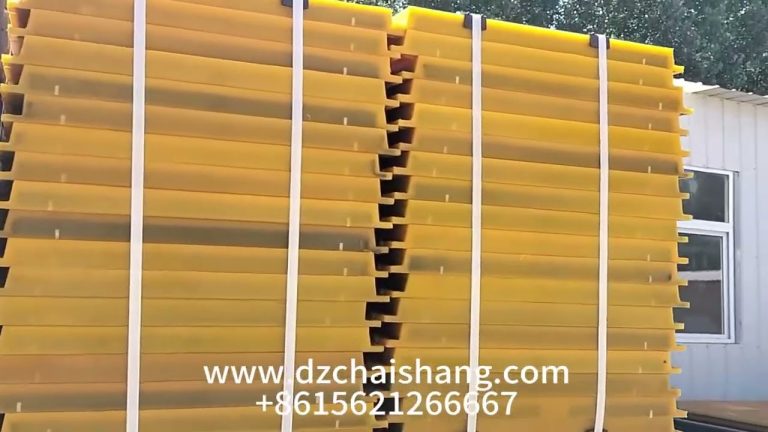نوآوری ها در مش های صفحه نمایش آبگیری باطله ها: افزایش کارایی و پایداری
در حوزه معدن و فرآوری مواد معدنی، مدیریت باطله ها مدت هاست که چالش های زیست محیطی و عملیاتی قابل توجهی را ایجاد کرده است. باطله ها، محصول جانبی استخراج مواد معدنی ارزشمند از سنگ معدن، معمولاً دوغاب آب و زباله هستند. با تلاش صنایع برای شیوه های پایدارتر، تمرکز بر مدیریت کارآمد باطله تشدید شده است که منجر به نوآوری در فناوری های آبگیری می شود. در این میان، توریهای آبگیری باطله با کیفیت بالا بهعنوان یک پیشرفت محوری برجسته میشوند که هم کارایی و هم پایداری را در عملیات فرآوری مواد معدنی افزایش میدهد. این کاهش بسیار مهم است زیرا مستقیماً با کاهش ردپای سدهای باطله و خطرات ناشی از شکست سدها مرتبط است که اثرات فاجعه بار زیست محیطی و ایمنی انسانی در گذشته داشته است. جدیدترین نوآوریها در طراحی توری صفحه نمایش برای به حداکثر رساندن حذف آب و در عین حال حصول اطمینان از حفظ ذرات ریز، که مدیریت آنها اغلب چالش برانگیز است، طراحی شده است. سیم فولادی ضد زنگ با کشش بالا معمولاً برای استحکام و مقاومت آن در برابر سایش استفاده می شود که برای مدیریت ماهیت ساینده باطله ها ضروری است. این دوام نه تنها طول عمر صفحه نمایش ها را افزایش می دهد، بلکه نیاز به تعویض مکرر را کاهش می دهد و در نتیجه کارایی عملیاتی را افزایش می دهد و زمان خرابی را کاهش می دهد.
مقایسه مواد مختلف برای باطله های با کیفیت بالا مش های صفحه نمایش آبگیری: تجزیه و تحلیل عملکرد و هزینه
پلی اورتان یکی از پرطرفدارترین مواد مورد استفاده برای آبگیری توری باطله است. پلی اورتان که به دلیل دوام و انعطاف پذیری استثنایی خود شناخته شده است، می تواند در شرایط سایشی سخت که معمولاً در مدیریت باطله یافت می شود، مقاومت کند. در برابر گرفتگی مقاومت می کند و یک منطقه باز عالی را حفظ می کند و عملکرد موثر آبگیری را تضمین می کند. مش های پلی اورتان نیز در برابر سایش و پارگی بسیار مقاوم هستند که به طور قابل توجهی عمر مفید آنها را در مقایسه با سایر مواد افزایش می دهد. با این حال، هزینه اولیه توری های پلی اورتان می تواند نسبتاً بالا باشد، که ممکن است برای عملیات با محدودیت های شدید بودجه مورد توجه قرار گیرد. استحکام فوقالعاده و مقاومت عالی در برابر زنگ زدگی و خوردگی را ارائه میدهد و برای کاربردهای مرطوب و خشک مناسب است. مش های فولادی ضد زنگ استحکام کششی بالایی را ارائه می دهند که برای تحمل بارهای سنگین مرتبط با پردازش باطله بسیار مهم است. علاوه بر این، آنها یکپارچگی ساختاری خود را در دمای بالا و قرار گرفتن در معرض مواد شیمیایی حفظ می کنند. در حالی که مش های فولادی ضد زنگ عموماً مقرون به صرفه تر از پلی اورتان هستند، مستعد کور شدن هستند و ممکن است نیاز به تمیز کردن یا تعویض مکرر داشته باشند که به طور بالقوه هزینه های عملیاتی را در طول زمان افزایش می دهد. یک اولویت است. لاستیک نسبت به صفحه های فلزی سر و صدای کمتری دارد و مقاومت در برابر سایش و انعطاف پذیری خوبی دارد. این به طور موثر ضربه را جذب می کند، که به کاهش تجزیه مواد در طول فرآیند غربال کمک می کند، بنابراین یکپارچگی صفحه و مواد در حال پردازش را حفظ می کند. صفحه های لاستیکی معمولاً ارزان تر از پلی اورتان هستند و می توانند راه حلی مقرون به صرفه برای عملیاتی باشند که در آن دوام دغدغه اصلی نیست. بلکه هزینه های عملیاتی بلندمدت. به عنوان مثال، در حالی که پلی اورتان و فولاد ضد زنگ ممکن است هزینه های اولیه بالاتری نسبت به لاستیک داشته باشند، دوام و کارایی آنها می تواند منجر به کاهش هزینه های کلی از نظر تعمیر و نگهداری، جایگزینی و خرابی شود.
علاوه بر این، انتخاب مواد نیز باید تحت تأثیر الزامات خاص فرآیند آبگیری باطله عواملی مانند اندازه ذرات، ساینده بودن مواد، قرار گرفتن در معرض شیمیایی و شرایط محیطی باید در نظر گرفته شوند. به عنوان مثال، در محیط هایی که قرار گرفتن در معرض مواد شیمیایی نگران کننده است، فولاد ضد زنگ به دلیل مقاومت در برابر خوردگی برتر ترجیح داده می شود. از سوی دیگر، در کاربردهایی که عمر سایش و صدا عوامل حیاتی هستند، پلی اورتان یا لاستیک ممکن است مناسب تر باشند. هر ماده مزایا و محدودیتهای متمایزی را ارائه میدهد و انتخاب بهینه به تجزیه و تحلیل جامع شرایط عملیاتی و عوامل اقتصادی بستگی دارد. با ارزیابی دقیق این جنبهها، عملیات معدن میتواند کارایی آبگیری خود را افزایش داده، هزینهها را بهینه کند و به اقدامات پایدارتر در مدیریت باطله کمک کند.
Tailings dewatering screen meshes are critical components in the mining and mineral processing industry, where they are used to separate solids from liquids, enabling the recovery of valuable minerals and the responsible management of waste materials. The effectiveness and efficiency of a tailings dewatering screen largely depend on the quality of the screen mesh material used. This article provides a comparative analysis of different materials used in high-quality tailings dewatering screen meshes, focusing on their performance and cost implications.
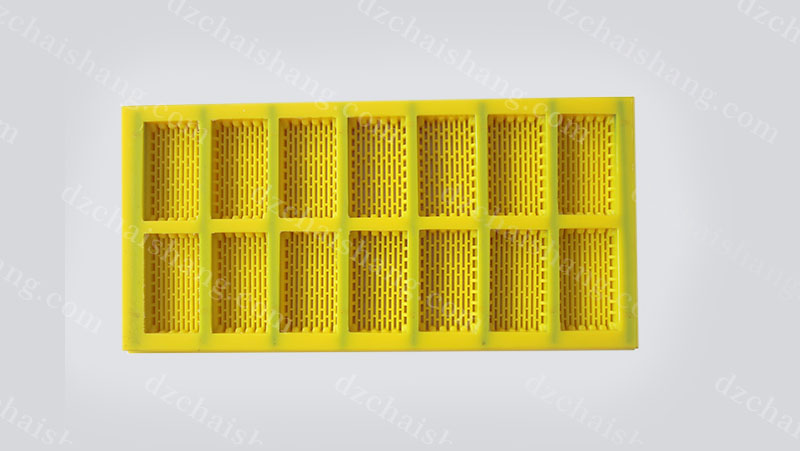
polyurethane is one of the most popular materials used for tailings dewatering screen meshes. Known for its exceptional durability and flexibility, polyurethane can withstand harsh abrasive conditions typically found in tailings management. It resists clogging and maintains an excellent open area, ensuring effective dewatering performance. Polyurethane meshes are also highly resistant to wear and tear, which significantly extends their service life compared to other materials. However, the initial cost of polyurethane screen meshes can be relatively high, which might be a consideration for operations with stringent budget constraints.
Stainless steel is another viable option for tailings dewatering screen meshes. It offers superb strength and excellent resistance to rust and corrosion, making it suitable for both wet and dry applications. Stainless steel meshes provide high tensile strength, which is crucial for handling the heavy loads associated with tailings processing. Additionally, they maintain their structural integrity under high temperatures and chemical exposures. While stainless steel meshes are generally more affordable than polyurethane, they are susceptible to blinding and may require more frequent cleaning or replacement, potentially increasing the operational costs over time.
rubber screen meshes are also used in tailings dewatering applications, particularly where noise reduction is a priority. Rubber is less noisy than metal screens and offers good wear resistance and flexibility. It effectively absorbs impact, which helps in reducing the breakdown of materials during the screening process, thus preserving the integrity of both the screen and the material being processed. rubber screens are generally cheaper than polyurethane and can be a cost-effective solution for operations where durability is not the primary concern.
When comparing these materials, it is essential to consider not only the direct costs associated with purchasing and installing the screen meshes but also the long-term operational costs. For instance, while polyurethane and stainless steel might have higher upfront costs than rubber, their durability and efficiency can lead to lower overall costs in terms of maintenance, replacement, and downtime.
Moreover, the choice of material should also be influenced by the specific requirements of the tailings dewatering process. Factors such as particle size, abrasiveness of the material, chemical exposure, and environmental conditions should all be taken into account. For example, in environments where chemical exposure is a concern, stainless steel would be preferable due to its superior corrosion resistance. On the other hand, in applications where wear life and noise are critical factors, polyurethane or rubber might be more suitable.
In conclusion, selecting the right material for tailings dewatering screen meshes involves a balance between performance and cost. Each material offers distinct advantages and limitations, and the optimal choice depends on a comprehensive analysis of both the operational conditions and economic factors. By carefully evaluating these aspects, mining operations can enhance their dewatering efficiency, optimize costs, and contribute to more sustainable practices in tailings management.

